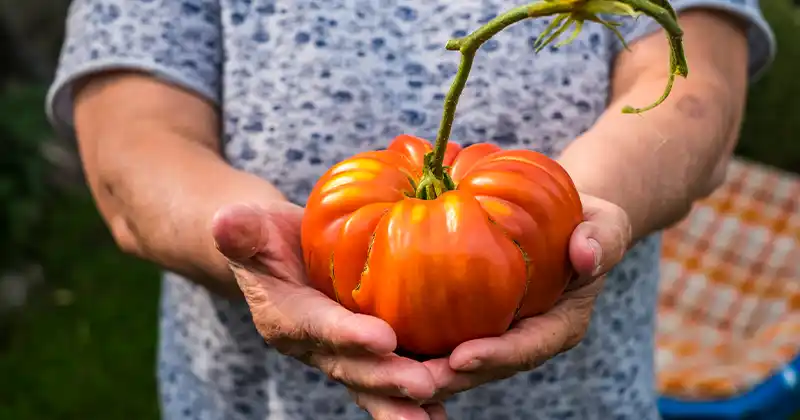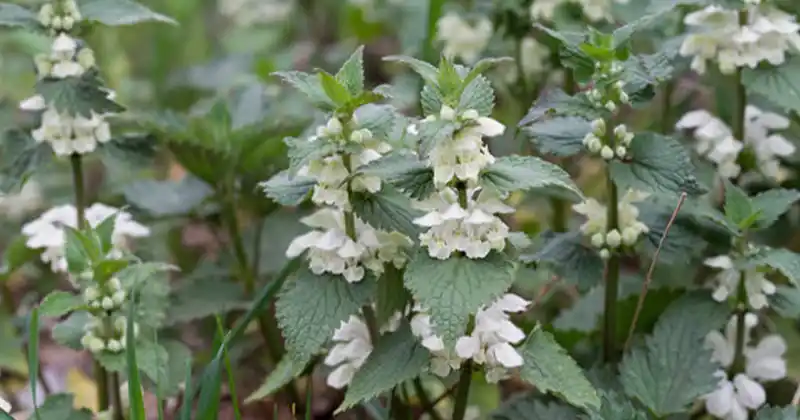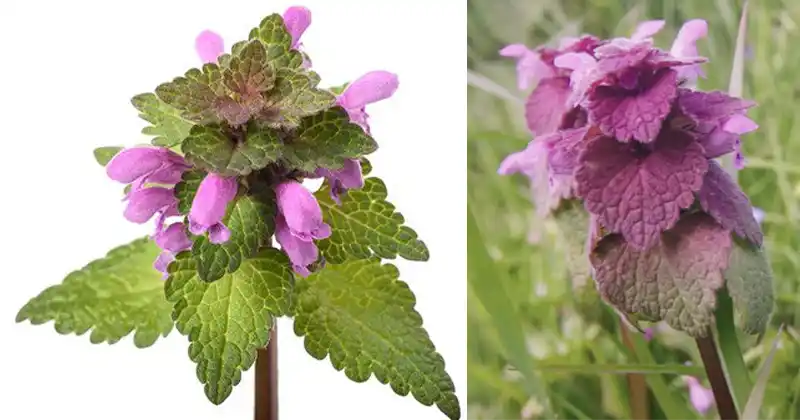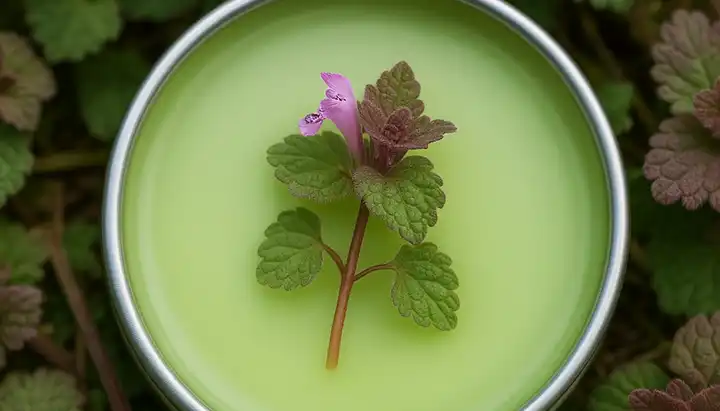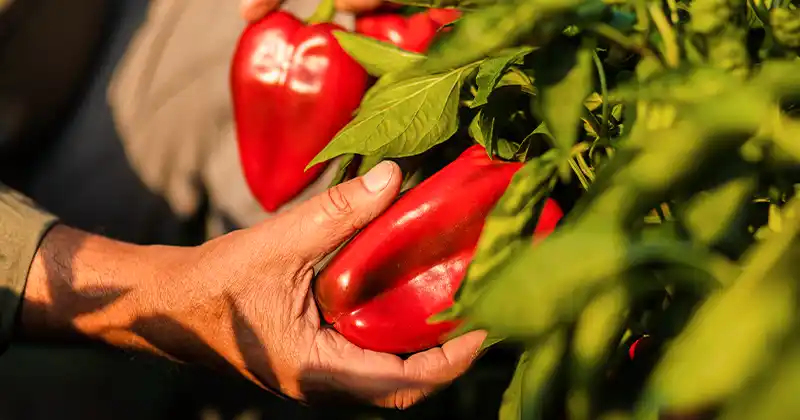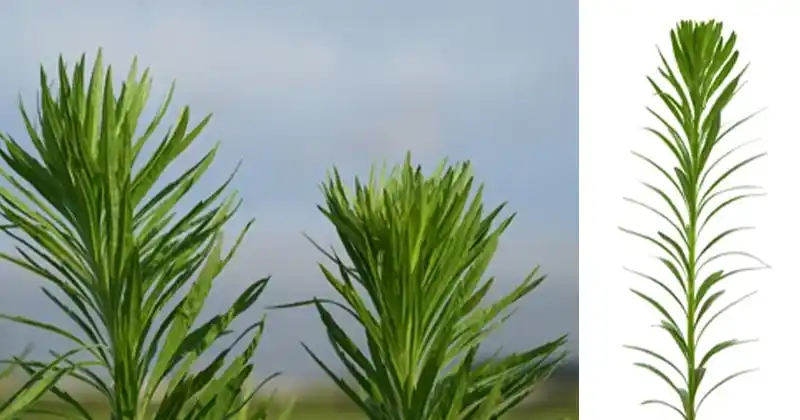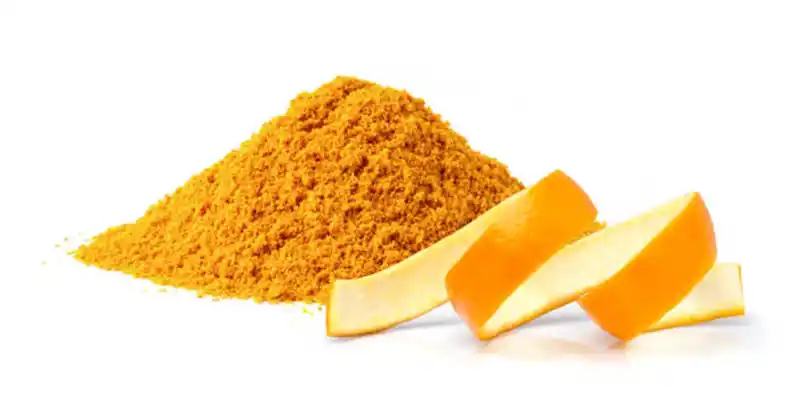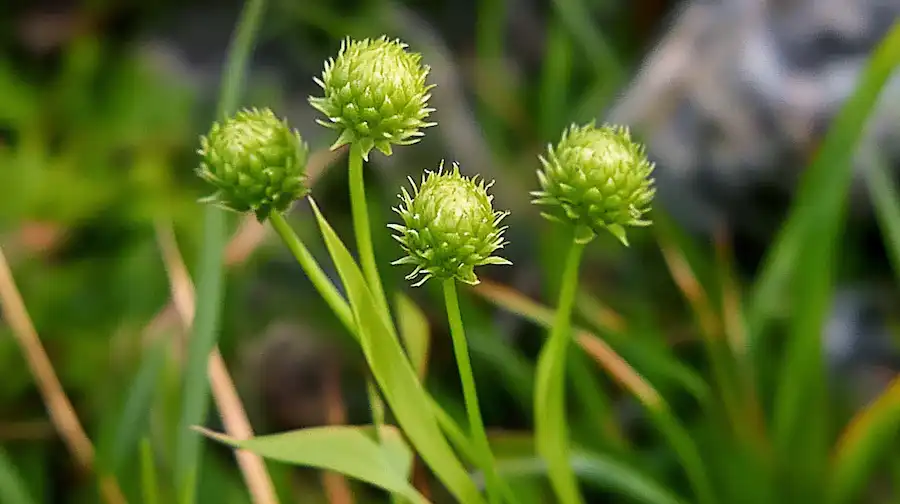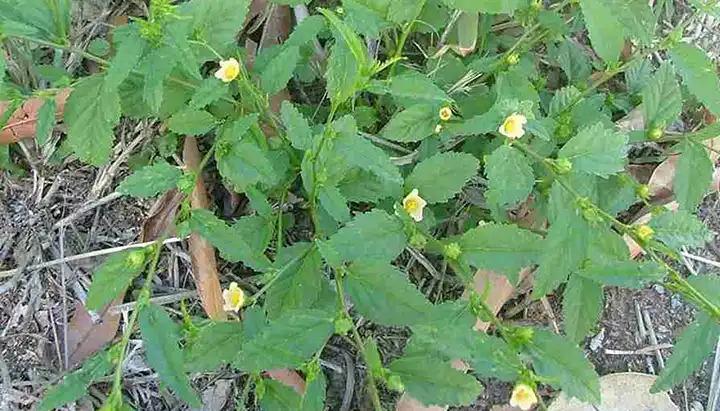How to Grow Tomatoes from Soil Bags Up on the String
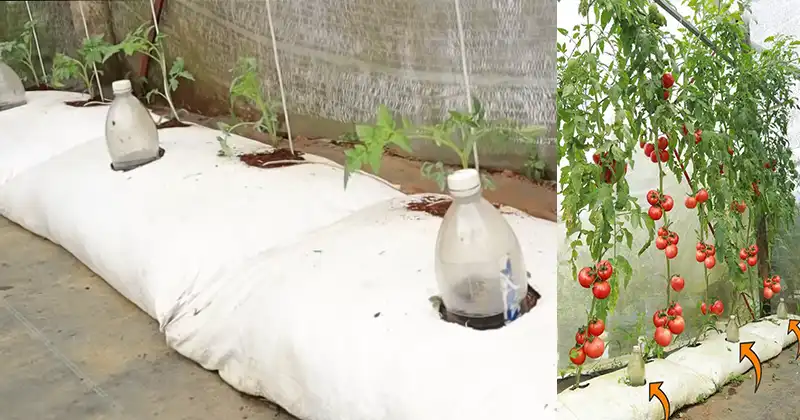
Are you eager to enjoy juicy, homegrown tomatoes but don’t have a sprawling garden to cultivate them? Don’t worry! You can grow delicious tomatoes right at home in containers using a unique and space-efficient method. In this article, we will guide beginners through the process of growing tomatoes from horizontal soil bags, up a string, and up to a support structure at the top. We’ll also discuss homemade fertilizers to ensure your tomato plants thrive.
Why Grow Tomatoes in Containers?
Container gardening is an excellent option for individuals with limited space or those who want more control over their tomato plants. Here’s why it’s a great choice:
- Space Efficiency: Growing tomatoes vertically in containers saves space. You can grow more plants in a smaller area.
- Pest and Disease Control: Containers can help reduce the risk of pests and diseases that may be present in garden soil.
- Easy Maintenance: Container gardening makes it easier to control soil quality, water, and nutrients.
Materials Needed
Before you start growing tomatoes from soil bags up on the string, gather the following materials:
- Large soil bags: Choose high-quality potting mix for the best results.
- Tomato seedlings or seeds: Select a tomato variety suitable for container gardening, such as determinate or dwarf varieties.
- Containers or pots: These should be deep and have drainage holes.
- Sturdy support structure: Use a vertical string support system, like a trellis or stakes.
- Twine or string: To tie the plants to the string support.
- Homemade Fertilizers: We’ll discuss these shortly.
Planting and Growing Tomatoes in Containers
- Prepare the Soil Bags: Lay the soil bags horizontally and make small slits on the top. These slits will be used to plant the tomato seedlings or seeds.
- Plant the Tomatoes: Plant the seedlings or seeds in the slits of the soil bags, ensuring they are adequately spaced. Water the soil bags thoroughly.
- Support System: Attach a sturdy string or twine to the top support structure, such as a horizontal pole. Gently pull the string down to the soil bags and secure it.
- Tie the Plants: As your tomato plants grow, gently tie them to the string using soft ties. Ensure they are secured but not too tight to allow for growth.
- Watering and Feeding: Container-grown tomatoes require consistent watering. Ensure the soil remains consistently moist but not waterlogged. Use a saucer under the pots to catch excess water.
Homemade Fertilizers for Tomatoes
To ensure your tomatoes receive the essential nutrients they need, you can make homemade fertilizers:
- Eggshell Fertilizer: Crush eggshells and sprinkle them around the base of your tomato plants. Eggshells are a great source of calcium, which helps prevent blossom end rot.
- Compost Tea: Soak compost in water to create a nutrient-rich liquid fertilizer. Dilute it with water and use it to water your plants every few weeks.
- Banana Peel Fertilizer: Banana peels are rich in potassium. Blend or chop them, and bury them in the soil near your plants. Over time, they will decompose and release nutrients.
- Epsom Salt: Dissolve a tablespoon of Epsom salt in a gallon of water and use it to water your plants. Epsom salt provides magnesium, which is essential for fruit development.
- Fish Tank Water: If you have a fish tank, use the water when you change it as a natural fertilizer. The nutrient-rich water can be diluted and used for watering.
Harvesting Tomatoes
With proper care, your tomatoes will flourish and provide you with a bountiful harvest. When the tomatoes ripen and turn red, simply pick them for fresh, homegrown flavor.
Need more help? Watch this video:
In conclusion, growing tomatoes from soil bags up on the string is a fantastic way to cultivate delicious tomatoes in a limited space. By following the steps outlined in this article and using homemade fertilizers to nourish your plants, you can enjoy the satisfaction of growing your own tomatoes, even if you’re a beginner gardener. Happy growing!
